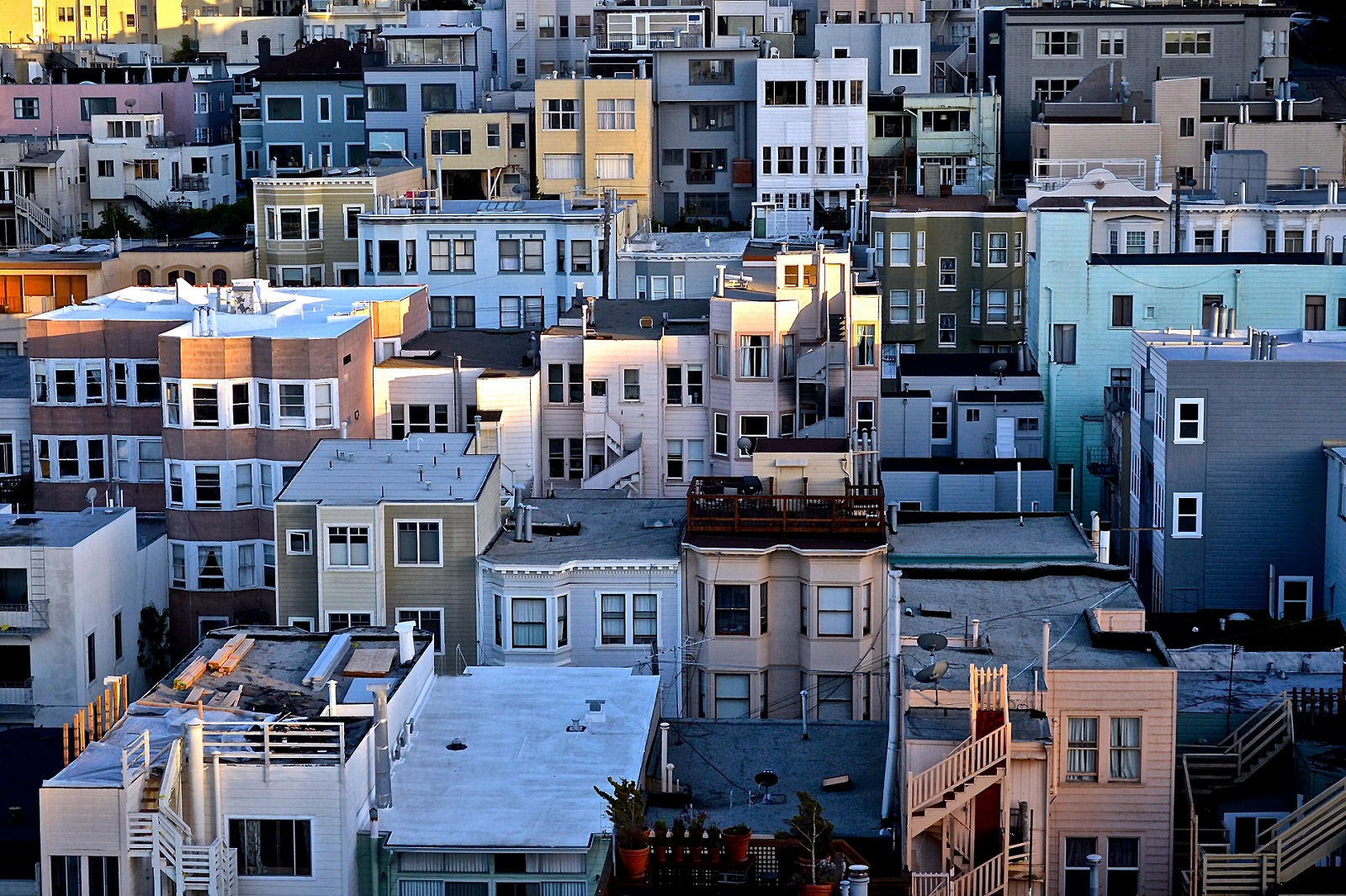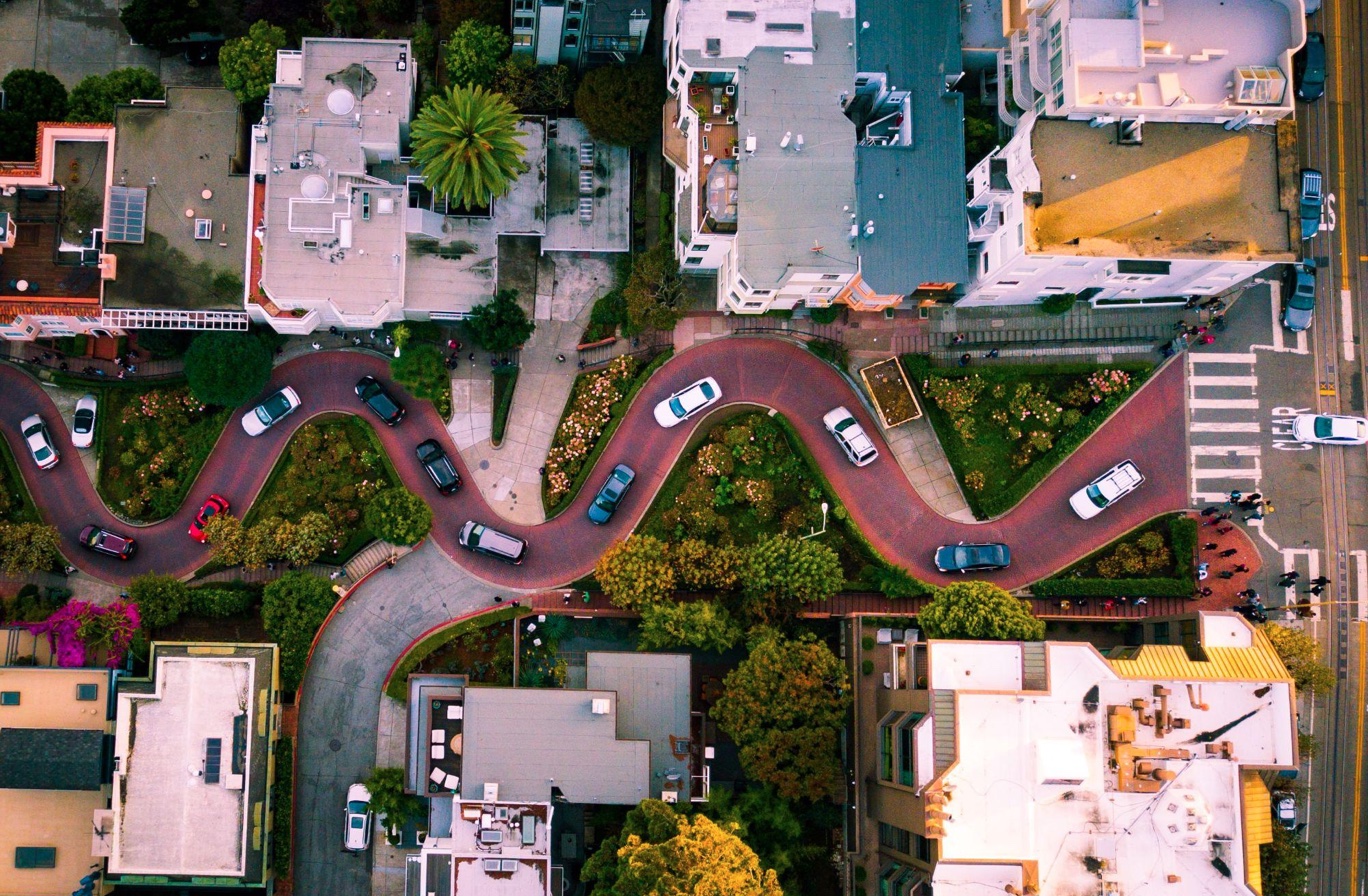Technological advancements such as contactless payment systems or smart parking solutions may also influence parking fees in the future.
With parking tickets in San Francisco reaching a whopping $124 million annually, it’s crucial to get your parking facts right. It can seem nearly impossible to avoid sky-high fines when parking in the city. Today, we’re checking out some of the fees and fines you might encounter in this part of the Bay Area.
How expensive are parking fines in San Francisco?
San Francisco has some of the most expensive parking tickets in the United States. Even alongside other large, Metropolitan cities like Los Angeles, New York, and Chicago, San Francisco stands out for its parking fines.
The most expensive violation in San Francisco is displaying a placard not issued to you – such as a disabled driver’s placard. This can fetch you a fine of up to $866. Compared to nearby Oakland, the misuse of disabled driver placards costs $513. Both are pricey, but the $353 discrepancy is certainly notable.
Double parking is another common violation that costs $41 in Oakland, but a stunning $110 in San Francisco, 168% more. One of Oakland’s most expensive parking fines is $252, obtained for parking in a bus zone. The same violation in San Francisco, however, runs up a tab of $357.
These two Bay Area cities are barely more than 10 miles apart, and yet the differences in parking tickets are astounding.
Why are parking tickets in San Francisco so expensive?
Naturally, anyone caught off guard by San Fran’s $85 street cleaning fine has wondered why parking tickets are so high in the city. The San Francisco Municipal Transportation Agency (SFMTA) dictates the cost of fines, so why are they so expensive?
One reason the fines are so high is their link to the cost of living. To be most effective, parking fines must be well-matched to the cost of living for the area. Think of it this way; if a nice meal for two in the city costs you $60 and a ticket for double parking only costs $6, you probably wouldn’t care too much about violating the rule.
The SFMTA wants to charge high prices for parking violations for many other reasons.
- Incentivizes lawful parking.
- Increases pedestrian safety.
- Incentivizes the use of public transport and walking.
San Francisco is a ‘Transit-First’ city, according to SFMTA’s Chief Spokesperson, Erica Kato. Kato also states that parking citations are intended to discourage behaviors that ‘interfere with the goals of the SFMTA’. These goals include reducing congestion in the city, increasing the safety of pedestrians and cyclists, and maintaining clean streets.
So, breaking the rules of parking established by the SFMTA will run up a hefty fine very quickly for understandable reasons. Why, then, is parking legally also so expensive?
Why is parking in San Francisco so expensive?

On-street parking is very popular and competitive in San Francisco 75% of parking meters have maximum time limits of 2 hours. The intention here is to discourage long-term parking and keep congestion to a minimum.
The city’s different zones also affect the hourly rates for on-street parking. Typically, the price ranges from $2 to $5 an hour. Areas around the baseball stadium, Oracle Park, have higher meter rates, and the cost can vary with demand. This is another link to the relation between the cost of parking and the cost-of-living situation of different zones.
Real-time apps make navigating the costs of meter rates and available spaces much easier. For permanent residents interested in owned or rented parking spots, there are sites for renting a parking spot that can help. These spots are typically hundreds of dollars a month.
Privately-owned spots can take advantage of the demand for parking to charge high prices for their parking spaces. Equally, spaces owned in high-demand areas like South Beach near Oracle Park can go for sky-high prices. Just last year, for example, an underground space in a condo complex was placed for sale for $90,000.
Should you drive in San Francisco?
The SFMTA is pushing to make San Francisco a walkable city. Between the reliability and variation of the city’s public transport and the costs associated with navigating the city in a car, perhaps it’s best to avoid driving in San Francisco.
Visitors driving to San Francisco would benefit from having parking apps that give live feedback about where spaces are available, how much they cost, and how much time is left until your meter runs out.
For permanent residents of the city, it seems most cost-effective to rent a parking space. The peace of mind offered by having a parking space available at all times certainly outweighs the risks of receiving fines for parking violations.
The direction of parking fees in the future
It is difficult to predict whether parking fees will likely increase or decrease in the future, as this can vary depending on the location and the factors driving the pricing. Some cities or areas may see a rise in parking fees due to a higher demand for parking spaces, limited parking availability, or rising maintenance costs.
On the other hand, some cities or businesses may lower parking fees to attract more customers or support local economic growth. Technological advancements such as contactless payment systems or smart parking solutions may also influence parking fees in the future. Ultimately, the direction of parking fees depends on various factors and can vary by location and circumstance.


Join the conversation!